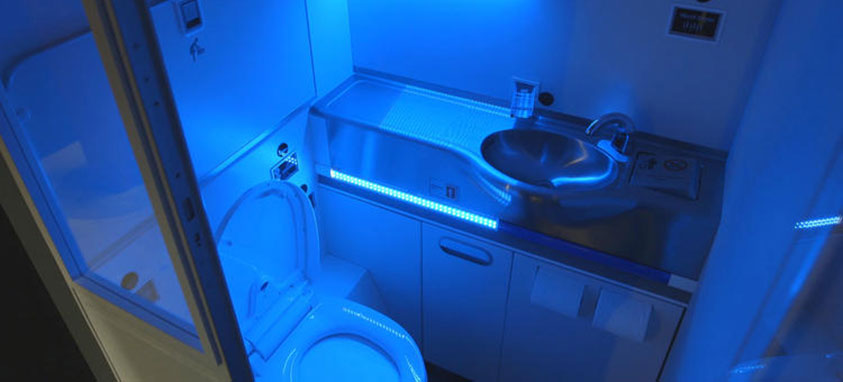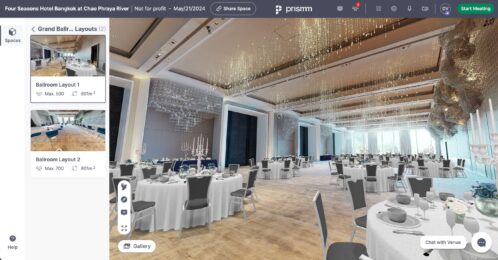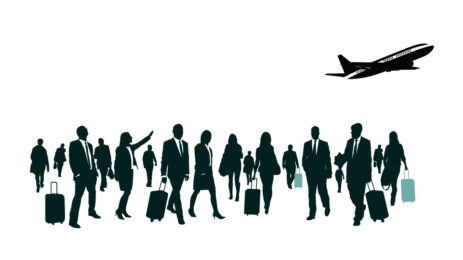For frequent fliers, one of the least pleasant aspects of travel is using the airplane lavatory, especially as it grows progressively grimier throughout the course of a long flight. Boeing has developed a prototype bathroom that can clean itself after each use, thanks to a three-second zap of ultraviolet (UV) light that reportedly destroys 99.99 percent of all surface bacteria, viruses and germs
The technology utilizes the power of far UV light, which Boeing engineers point out differs from the UV A or B light found in tanning beds or grow lights, or the harmful UV rays responsible for sunburns and skin cancer. Boeing engineers and designers have added touchless components such as faucets, soap dispensers, trash flaps, trash cans, hand dryers and door latches to their pathogen-free lavatory of the future. The prototype sink faucet even features a separate UV system built into the tip so one could safely brush their teeth with the traditionally non-potable water dispensed from it. A vacuum vent system will clean up the bathroom floor, and the system reportedly eliminates all odors.
Boeing has filed for a patent on its revolutionary concept; which is one of three finalists being considered for an international Crystal Cabin Award to be announced April 5 in Hamburg, Germany. If Boeing chooses to move forward with the cutting edge technology, the germ-free lavatories could be installed on new as well as existing aircraft.
During the three-second cleaning cycle, which occurs when the lavatory is unoccupied, blue-tinged UV lights sanitize the sink, countertop and toilet seat, which is automatically be lifted so that both sides can be cleaned. Boeing stresses that its system is not designed to replace regularly scheduled deep cleanings by airlines; rather, the primary purpose is to keep the restroom fresh and pristine while in flight.
Below is a video of Boeing’s self-cleaning lavatory:
The Lavatory is Actually Not as Germy as You Might Think
Although they have a bad reputation, airplane bathrooms are actually more hygienic than they may appear. Travelmath.com dug up the dirt on the dirtiest place on an airplane. While the common supposition is that the most germs lurk in the toilet, a microbiologist found that not to be true. Travelmath had a microbiologist take samples from four airplanes and calculate the number of Colony Forming Units (CFUs) per square inch on various surfaces. The company then ranked them in terms of bacteria count.
The tray table was the filthiest. It contained an average of 2,155 germ colonies per square inch; almost 10 times more than the flush button on the plane’s toilet, which measured 265 CFU/sq. inch. The overhead air vent had 285 CFU/sq. inch, while the seatbelt buckle weighed in at 230 CPU/sq. inch. In comparison, the average kitchen counter contains 361 CFU/sq. inch and the average home toilet seat has 172 CFU/sq. inch.




